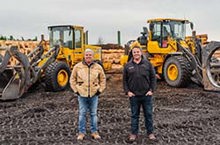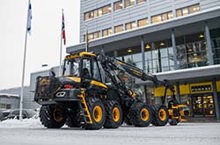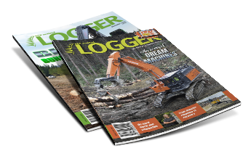
While mass timber is growing in popularity, more can still be done, according to a 2022 survey of design, construction and building professionals into the perceptions and barriers to mass timber use in construction.
The survey, commissioned by the Mid-Rise Wood Construction Programme and carried out by BRANZ, was distributed to manufacturers, builders, architects, designers, engineers, building officials and quantity surveyors.
The survey noted that recent years have seen a significant global increase in the use of timber products within the built environment. A major portion of this increase is attributable to engineered wood products (EWPs), from large-scale structural elements through to non-structural and decorative components used on the interior and exterior of buildings. This includes materials such as laminated veneer lumber (LVL), cross laminated timber (CLT), plywood, particleboard, and other composite products using wood as a base material.
The report concluded that there was a general impression that barriers do exist to increasing the uptake of EWPs in the New Zealand construction industry. These barriers, as well as perceived advantages of using EWPs, could be summarised into four categories: cost, availability, regulation and standards, and Information/Education.
An increased understanding of the environmental impacts of EWPs is also seen as necessary in order to determine the effects of including these products for building projects, particularly in light of the recently introduced climate change objectives from the Ministry for Building, Innovation & Employment (MBIE). This combination of information and education would need to include the carbon benefits of using more timber, but also the potential detriments of manufacturing processes, treatments and adhesives used and end-of-life impacts.
The recommendations of the report for supporting greater uptake of EWPs were to develop more data on the economic and environmental impact of using EWPs including Life Cycle Analysis, to continue to provide detailed case studies of buildings using EWPs, to provide more education on EWP’s to building sector players, the public and at tertiary level and to provide more design and product information on specific EWP’s.
These suggestions are considered a starting point for developing a deeper knowledge and understanding of the potential for increased use and acceptance of EWPs across the New Zealand built environment.









